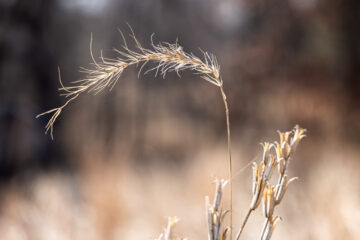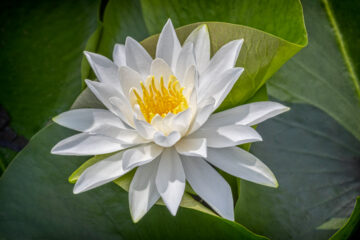Quote of the day:
In my pots I see various sights of this place; moss covered a’a in the rainforest, the abundant rain of this windward coast, the dryness of the Ka’u district and the recurring patterns on flowing pahoehoe.
In 1986, under the direction of Sensei Kuniyoshi, we built a smell anagama (cave kiln) on my 3 acre parcel in upland Hilo at the 1320’ elevation. I use this kiln to fire 3-4 times a year, usually with my crew of 4 (including myself) doing 6 hour shifts.
Anagama fired pottery depends on chance kiln events -– in particular, the behavior of wood ash circulating at high temperatures causing glaze to form on the clay surfaces in irregular patterns. Although seemingly random, the surface graduations of color are achieved only through deliberate planning and some years of experience. I use Ohia (Metrosideros Polymoropha) as fuel. Salt is introduced naturally to the kiln through clay-filled Opihi (limpet), clam and abalone shells used as stilts and spacers to prevent the pots from fusing to the shelves and each other. Each firing takes between 96 and 110 hours to complete, using over 3 ½ cords of wood. The finished pot displays the interaction between earth (clay), fire and wind (flying wood ash), and the results are truly a collaboration between the potter and nature.
— Clayton Amemiya, HI Art Magazine
I met Clayton Amemiya two years ago when I attended a photography workshop in Hawaii. At that time, our workshop group visited Clayton’s home and studio to see his work and his cave kiln fully loaded and ready to fire.
I loved the way that his pottery is a deep collaboration with nature. No two items are the same, and while he can plan the final effect he wants, nature has the last say.
Clayton has an exhibit in a small gallery in Hilo now so I was excited to visit his exhibit to see his latest work. When I walked into the gallery, Clayton was there and I introduced myself and told him how we had met before. Clayton generously gave me a tour of his exhibit and talked about the way different glazing effects were created.
It was such a pleasure to meet him again. He told me when his next kiln firing will be and generously invited me to visit him then. I plan to take him up on his offer, as I want to see the firing process.
To learn more about Clayton’s work, visit HI Art Magazine. Here is a great video of Clayton at work.













3 Comments
Louisa Peat O'Neil · November 21, 2013 at 4:48 pm
Some years ago, maybe December, 2005, I visited Clayton Amemiya’s gallery in Hilo. Now it is 2013 and I can’t remember where the gallery-studio is located in Hilo. The rake pieces I obtained then are gorgeous, fired of the earth. I gave them to all my siblings so they could see a fragment of Hawai’i that lasts and lasts.
Jim Guinnessey · June 17, 2016 at 3:59 pm
Clayton is a passionate artist and an accomplished student of many ancient Japanese pottery firing techniques. Many years ago before his career took off he gave me two small pottery cups he had made.
Into the Fire - chased by beauty · January 22, 2013 at 11:59 pm
[…] (see The Pottery of Clayton Amemiya) is a Hilo potter who fires his pottery using a traditional Japanese cave kiln that he built […]